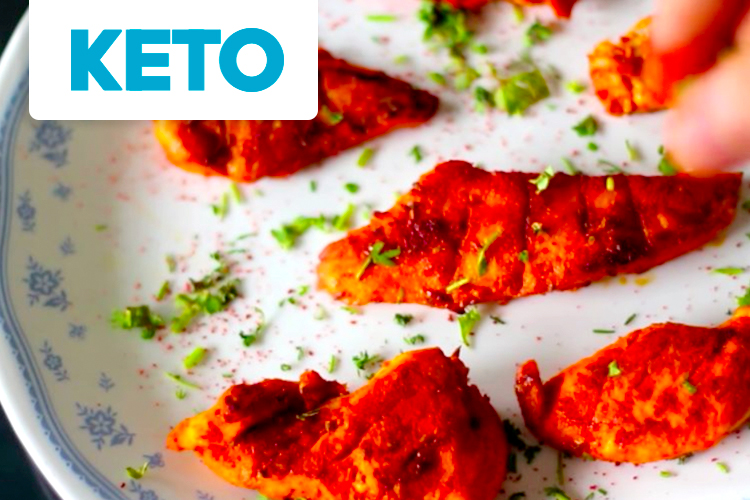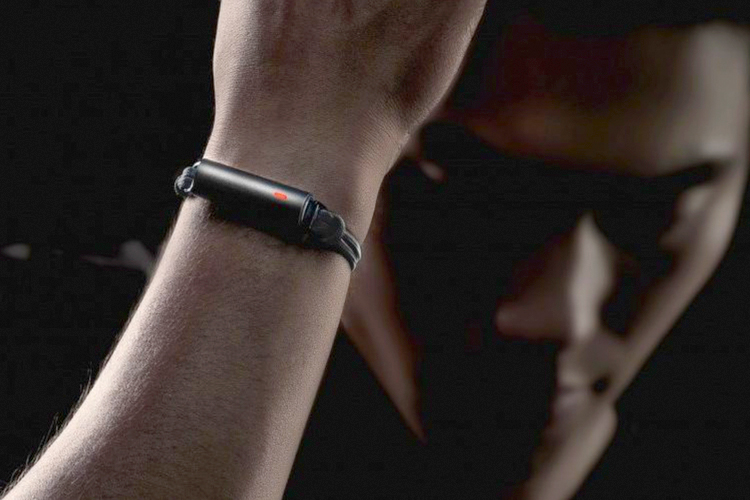Fructose vs. Glucose – Another Piece in the HFCS Puzzle
Take equal parts of fructose and glucose and you have table sugar. Take 55% fructose and 45% glucose (actually it’s 55% fructose, 42% glucose and 3% higher saccharides) and you get high fructose corn syrup. There has long been a suspicion that humans process these sugars in different ways. The theory being there there is something in fructose that makes HFCS more unhealthy than table sugar (allegedly). Despite some animal studies, there has been little research into the true effects on humans.
Princeton University ran a highly publicized study on rats which concluded that those consuming HFCS gained more weight than rats who ate regular sugar. Those researchers claimed that the extra fructose in HFCS was to blame.
A new study, led by Dr. John Purnell, decided to run a fructose versus glucose test on humans. They conducted brain scans around the hypothalamus of nine healthy human subjects after they ingested either glucose, fructose or saline. Glucose raised neural activity for 20 minuets, while fructose dropped activity for 20 minutes (saline was the control and had no effect).
The researches were unable to determine what these differences actually meant. But, the fact that there is a difference is important. If fructose is found to have an adverse effect on brain function, it will be yet another thorn in the side of the often ridiculed HFCS industry. Of course, your best bet is to avoid proceed and sugar infused foods to begin with. HFCS and table sugar aren’t part of a healthy diet no matter how you slice it.
You can read more at the LA Times.


